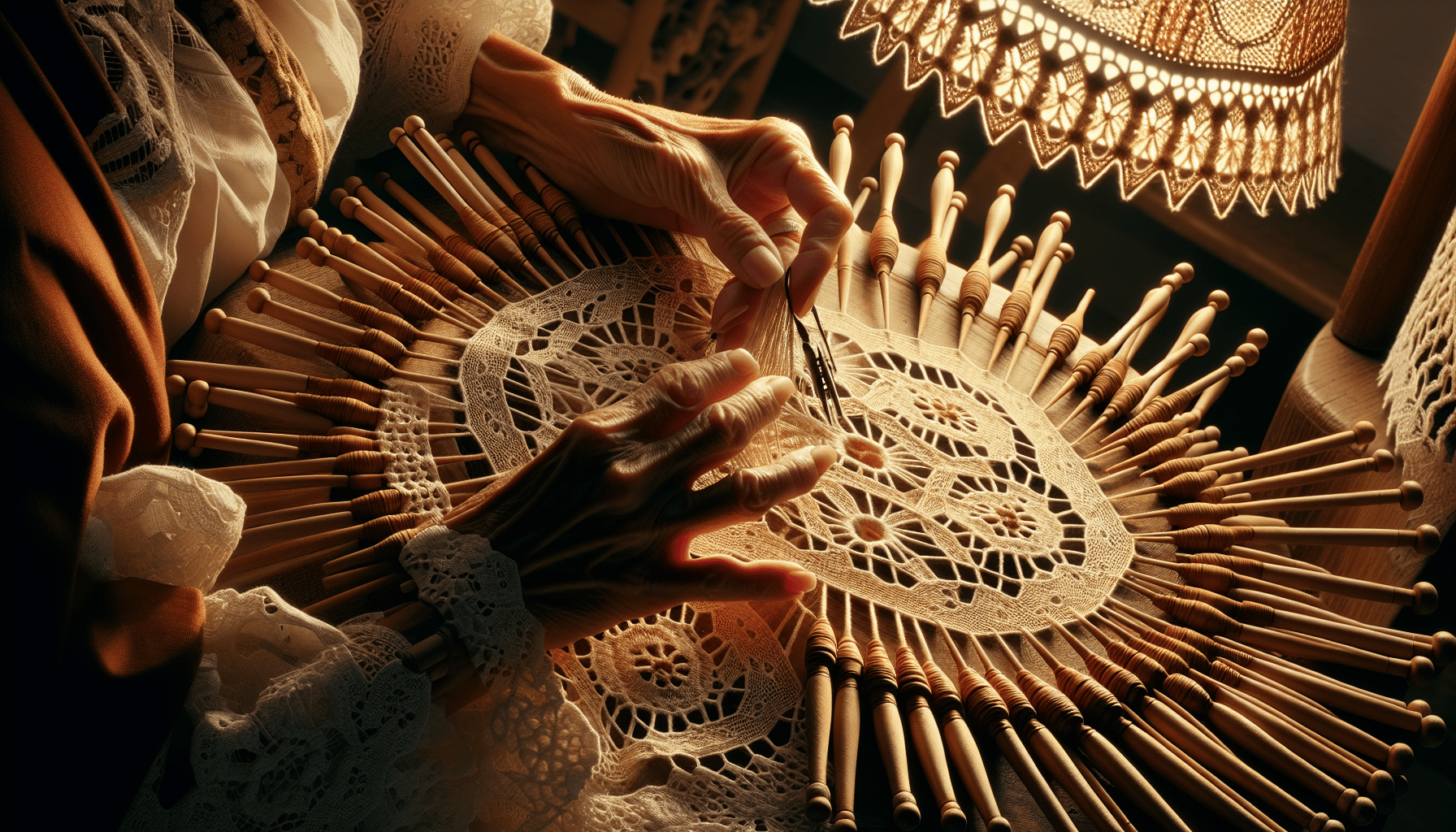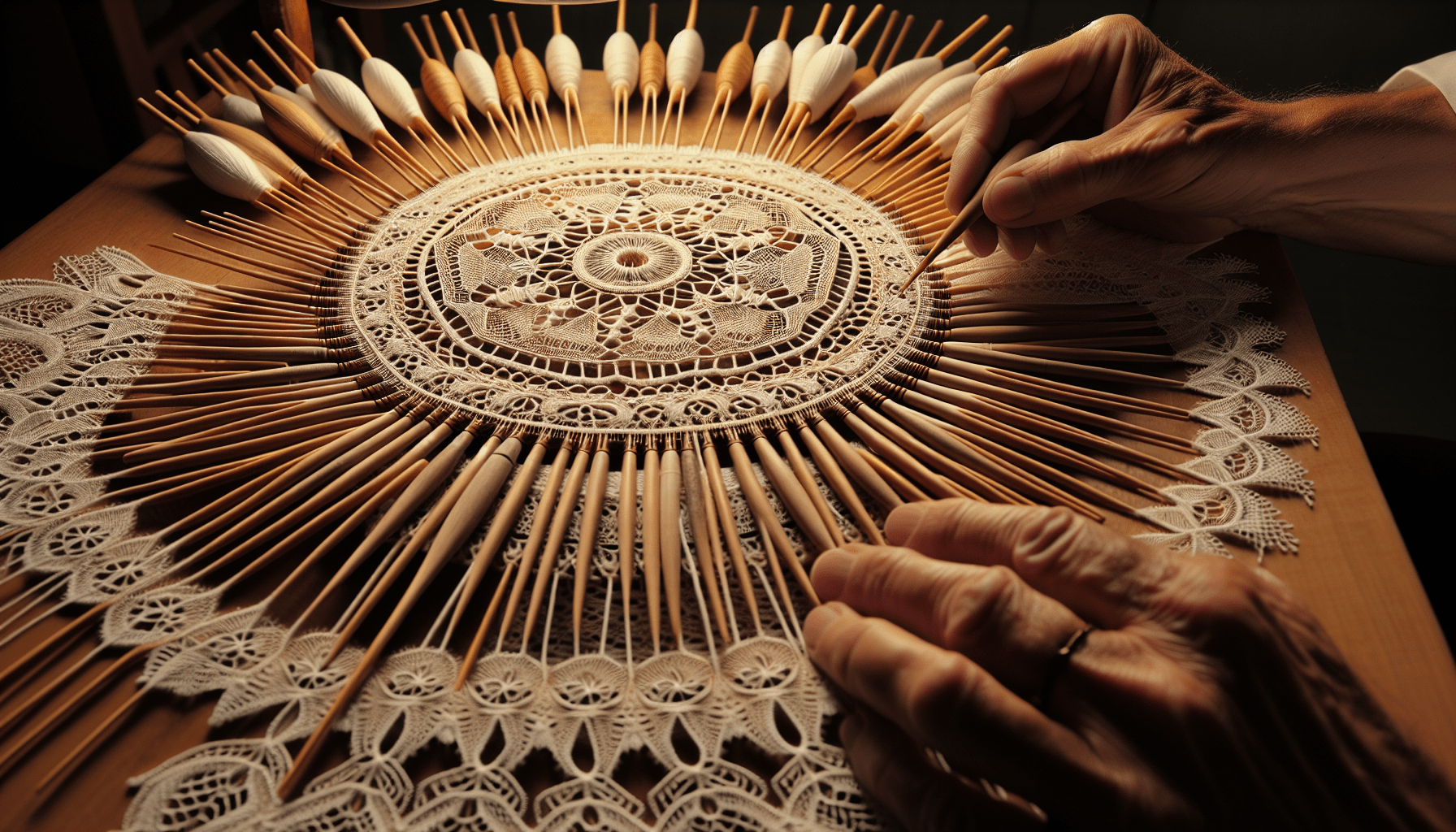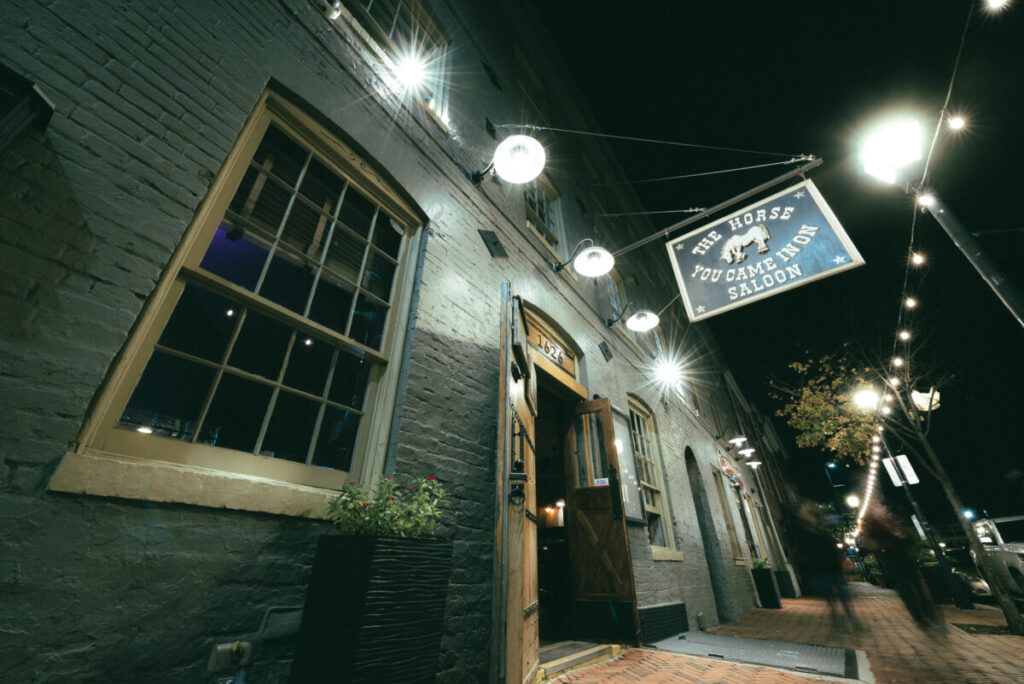Have you ever wondered about the rich and intricate craft traditions that have shaped cultures across the world? One such fascinating art form is mundillo, a traditional type of bobbin lace from Puerto Rico. This detailed craft has woven its way into the cultural fabric of the island, contributing to its unique heritage. Let’s journey into the captivating world of mundillo and discover its history, cultural significance, and the artisans keeping this craft alive today.

Mundillo Overview
Mundillo, meaning “little world” in Spanish, is a traditional style of hand-made bobbin lace deeply embedded in Puerto Rican culture. The art form relies on a combination of wooden spindles, known as bobbins, and a bolster-shaped pillow, referred to as a mundillo, to create intricate lace designs. The creation process is both elaborate and time-consuming, often requiring weeks or even months to complete a single piece.
This labor of love translates into beautiful decorations for clothing, linens, and baby items. Each piece is a testament to the dedication and skill of the artisans, also known as mundillistas, who use their craft to celebrate Puerto Rico’s cultural heritage.
Historical Background
The tradition of bobbin lace-making in Puerto Rico can be traced back to the mid-1800s. It is believed to have been introduced by a Spanish woman, whose lace-making skills were embraced and adapted by local artisans. Since then, the practice has evolved into a hallmark of Puerto Rican folk art.
The town of Moca, often referred to as “La Capital del Mundillo,” has been the epicenter of lace production for over a century. The area gained recognition for its skilled artisans and the exceptional quality of the lace produced there. To understand mundillo, one must recognize Moca’s pivotal role in its preservation and growth.
Museo del Mundillo
Situated in Moca, the Museo del Mundillo stands as a beacon of Puerto Rico’s lace-making history and tradition. Founded by Benito “Mokay” Hernandez Vale in 2005, the museum aims to preserve the history and legacy of mundillo lace. It offers visitors a glimpse into the world of mundillo through workshops, classes, and special events that celebrate this enduring art form.
Lilliam Cordero Torresola and other prominent mundillistas showcase their craft at the museum, enchanting visitors with live demonstrations and hands-on learning experiences. The Musée del Mundillo not only preserves historical pieces but also inspires the next generation to continue this beautiful tradition.

Search vacation packages & trips
Craft Details
Creating mundillo entails using a bolster-shaped pillow and wooden bobbins to weave intricate lace patterns. The pillows (mundillos) are pivotal tools, providing the surface on which threads are manipulated. The threads are systematically braided, twisted, and knotted around pins, with delicate patterns as guides.
These patterns are often inspired by natural elements, distinguishing themselves from the more geometric motifs common in Spanish lace. As the artisan works, the lace blossoms, embodying both the skill and creativity of its maker. Intricate designs can take different forms, including floral arrangements and abstract patterns, adding to the lace’s versatile appeal.
Tools and Materials
| Item | Description |
|---|---|
| Mundillo | A bolster-shaped pillow serving as the work surface |
| Bobbins (Bolillos) | Wooden spindles used to manage thread |
| Pins | Used to hold the thread in place as patterns are formed |
| Thread | Fine cotton or linen thread commonly used in lace-making |
| Pattern | Guides made of paper or cardboard outlining the design |
Process
- Setting the Pattern: A pattern is pinned onto the pillow.
- Threading Bobbins: Threads are wound onto bobbins.
- Braiding and Twisting: The lace is formed by braiding and twisting the threads around the pins.
- Finalizing the Design: Once complete, the lace is carefully removed from the pillow.
Cultural Significance
Mundillo holds a profound cultural significance in Puerto Rican society. Traditionally, mundillo lace has been passed down through generations, becoming heirlooms that embody family heritage and continuity. These treasured pieces are often used in significant life events such as weddings and baptisms, infusing personal history into the fabric of meaningful occasions.
The rise in industrialization ushered in mass-produced textiles, leading to a decline in handmade lace making. However, mundillo is seeing a revival, driven by a growing appreciation for artisanal crafts and the cultural narratives they uphold. This resurgence ensures that mundillo remains a vibrant part of Puerto Rico’s living heritage.
Moca’s Mundillo Experience
Moca provides a unique opportunity to immerse yourself in the world of mundillo. At the Museo del Mundillo, you can learn about the lace-making process firsthand, perhaps even trying your hand at this intricate craft. The museum also collaborates closely with the nearby Monumento a la Tejedora, a tribute to women who have contributed to the preservation and perpetuation of mundillo.
In 2023, the town welcomed the Mundillo Bar & Restaurant, an establishment celebrating Moca’s rich heritage through culinary arts. Decorated with elements that pay homage to the town’s lacemaking tradition, the restaurant offers a memorable dining experience set against a backdrop of history and artistry.
What to See and Do
Museo del Mundillo
- Workshops: Participate in lace-making workshops to gain a hands-on experience.
- Exhibits: View a collection of historical pieces and modern creations.
- Live Demonstrations: Watch skilled mundillistas as they bring lace patterns to life.
Monumento a la Tejedora
- Cultural Significance: Learn about the monument’s role in honoring lace-making women.
- Photography: Capture stunning photos of this cultural landmark.
Mundillo Bar & Restaurant
- Ambience: Enjoy a meal surrounded by decor that celebrates Moca’s heritage.
- Cuisine: Savor dishes inspired by Puerto Rican flavors.
Modern Relevance
Today, the tradition of mundillo is alive and thriving with thousands of artisans practicing this delicate craft across the island. The renewed interest in hand-made, artisanal products has played a vital role in this resurgence. Modern mundillistas have formed lacemaking groups, organizing community events and sharing their knowledge and skills to ensure the craft’s longevity.
The continued proliferation of mundillo serves as a testament to the resilience and adaptability of Puerto Rico’s cultural traditions. It also highlights the importance of preserving and promoting artisanship in an increasingly mechanized world.
Mundillistas’ Community
| Group Name | Location | Activities |
|---|---|---|
| Lacemakers of Moca | Moca | Workshops, special events, community projects |
| San Juan Lace Guild | San Juan | Classes, exhibitions, lace appreciation events |
| Caribbean Lace Crafters | Caguas | Collaborative projects, youth programs |
These groups play a crucial role in the modern relevance of mundillo by fostering a sense of community and providing learning opportunities for future generations. Their efforts contribute significantly to the collective memory and identity of Puerto Rico.
Location & Visiting
Moca’s accessibility makes it an ideal destination to immerse yourself in the world of mundillo. The town is located less than half an hour from popular surfing spots like Aguadilla and Rincon, offering a blend of cultural and recreational experiences.
Travel Tips
- Getting There: Moca is easily reachable by car from major cities like San Juan. The drive offers scenic views of Puerto Rico’s beautiful landscapes.
- Accommodations: Nearby areas such as Aguadilla offer a variety of lodging options to suit different budgets.
- Exploring: Pair your visit to Moca with a trip to Aguadilla’s beaches or Rincon’s surf spots for a well-rounded experience.
| Nearby Destinations | Travel Time | Attractions |
|---|---|---|
| Aguadilla | ~30 minutes by car | Beaches, historic sites, dining |
| Rincon | ~30 minutes by car | Surfing, shopping, nightlife |
| San Juan | ~2 hours by car | Urban attractions, historic landmarks |
There are several ways to enhance your experience while visiting Moca. Whether you are exploring the Museo del Mundillo, dining at the Mundillo Bar & Restaurant, or taking in the scenic surroundings, there’s much to appreciate in this charming town.
Conclusion
Mundillo is much more than just a craft; it is a living testament to Puerto Rico’s vibrant cultural heritage. This traditional bobbin lace-making art form highlights the island’s history, artistry, and resilience. From the intricate patterns carefully crafted by skilled artisans to the generational stories woven into each piece, mundillo offers a beautiful narrative of cultural preservation and pride.
As you consider the tradition’s past, present, and future, it becomes evident that mundillo is a cultural treasure worth preserving and celebrating. Through the efforts of dedicated mundillistas, community initiatives, and the growing interest in artisanal crafts, mundillo continues to thrive, ensuring its legacy for years to come.
So, the next time you find yourself in Puerto Rico, why not visit Moca and experience the magic of mundillo firsthand? It’s an adventure into the intricate world of lace-making that promises to leave a lasting impression.
Top domestic vacation destinations






